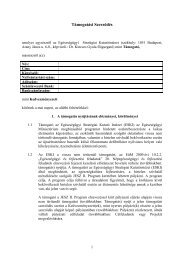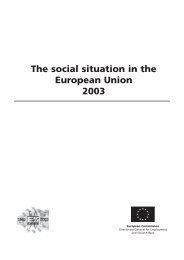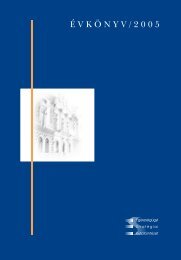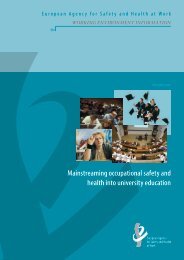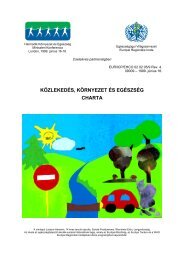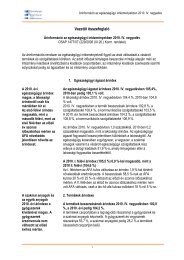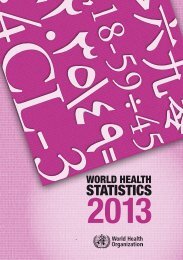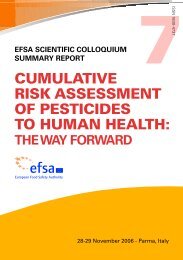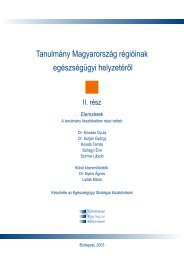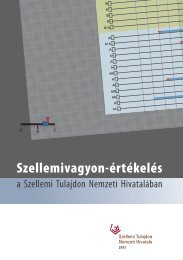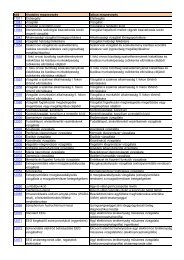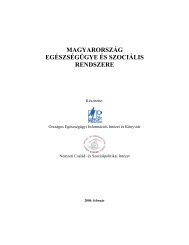WHO Technical Report Series, No. 981 - World Health Organization
WHO Technical Report Series, No. 981 - World Health Organization
WHO Technical Report Series, No. 981 - World Health Organization
You also want an ePaper? Increase the reach of your titles
YUMPU automatically turns print PDFs into web optimized ePapers that Google loves.
<strong>WHO</strong> Expert Committee on Specifications for Pharmaceutical Preparations Forty-seventh report<br />
changes include changes to control systems, changes to equipment and processes,<br />
changes in suppliers or contractors and organizational restructuring.<br />
Monitoring is the scheduled measurement or observation of a specific risk<br />
control measure relative to its acceptance limits. Monitoring should be recorded.<br />
All records and documents associated with risk review should be signed<br />
and dated by the person(s) carrying out the review and by a responsible official(s)<br />
of the quality unit of the company.<br />
3.7 Verification of QRM process and methodologies<br />
Once in production, the QRM documentation can be integrated into the quality<br />
system and used to provide input into the product process.<br />
The established QRM process and methodologies need to be verified.<br />
Verification and auditing methods, procedures and tests, including random<br />
sampling and analysis, can be used to determine whether the QRM process is<br />
working appropriately. The frequency of verification should be sufficient to<br />
confirm the proper functioning of the QRM process.<br />
Verification activities include:<br />
■■<br />
■■<br />
■■<br />
review of the QRM process and its records;<br />
review of deviations and product dispositions (management control);<br />
confirmation that identified risks are being kept under control.<br />
Initial verification of the planned QRM activities is necessary to determine<br />
whether they are scientifically and technically sound, that all risks have been<br />
identified and that, if the QRM activities are properly completed, the risks will be<br />
effectively controlled.<br />
Information reviewed to verify the QRM process should include:<br />
<strong>WHO</strong> <strong>Technical</strong> <strong>Report</strong> <strong>Series</strong> <strong>No</strong>. <strong>981</strong>, 2013<br />
■■<br />
■■<br />
expert advice and scientific studies;<br />
in-plant observations, measurements and evaluations.<br />
Subsequent verifications should be performed and documented by a<br />
QRM team or an independent expert, as needed. For example, verifications may<br />
be conducted when there is an unexplained system failure, when a significant<br />
change in product, process or packaging occurs or new risks are recognized.<br />
Where possible, verification should include actions to confirm the efficacy of all<br />
elements of the QRM activities.<br />
In addition, a comprehensive review of the QRM process and specific<br />
instances of QRM application by an independent third party may be useful.<br />
This would include a technical evaluation of the risk analysis and each element<br />
of the QRM process and its application as well as an on-site review of all flow<br />
74



